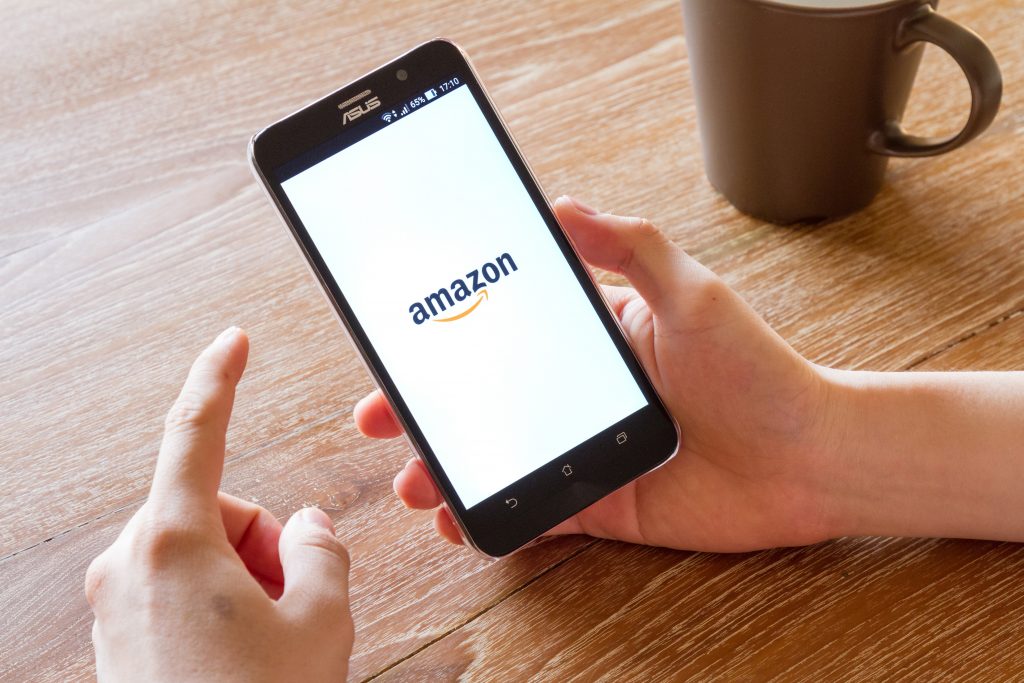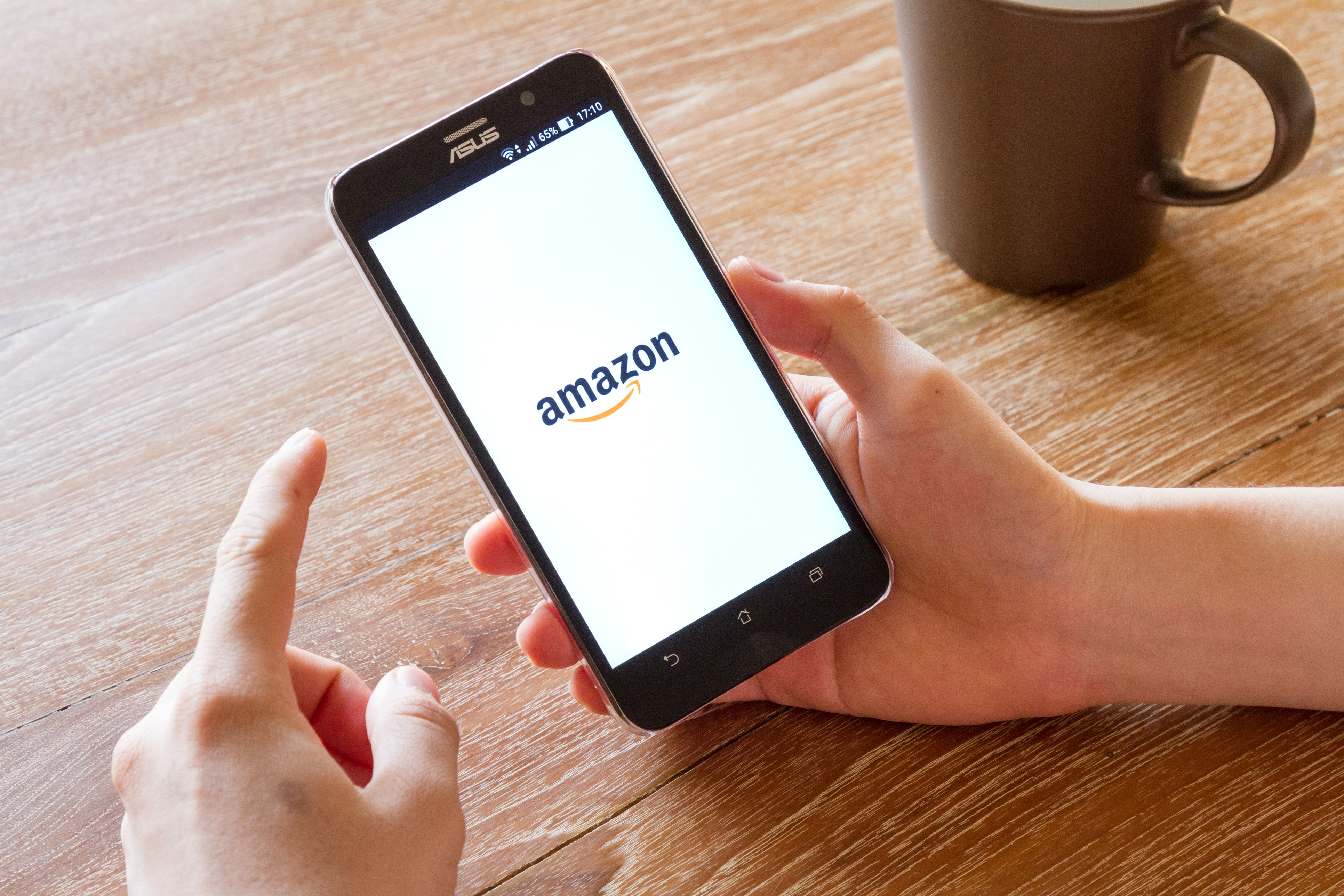Last year set a new tone for shopping; brick and mortar shops were shutting down at a rapid pace and almost all commerce was forced to shift online. Though Australia is now mainly COVID-19 free and lockdown related laws are a lot more lax than other countries, the trend of shopping online hasn’t swayed.
According to a study by Australia post, “online shopping participation in Australia increased significantly in 2020” and four in five households shopped online last year.
This spike in sales presents an exciting opportunity for marketers to expose their product. And with 300+ million worldwide active customer accounts what better platform to use to sell your product than the world’s largest market place: Amazon?
Amazon Advertising offers a range of different options that you can utilise to promote your product. These include the following:
Sponsored Products
These self-service, cost-per-click ads for individual product listings appear in shopping results and on product detail pages.
Sponsored Brands
These self-service, cost-per-click ads for brands appear in shopping results and feature a custom headline, brand logo, and multiple products.
Sponsored Display
These self-service display ads use automatically generated ad creatives and are targeted to audiences that are created based on relevant Amazon shopping interests.
Stores
These free, multi-page brand destinations on Amazon feature your product portfolio and help tell your brand story.
Audio Ads
These ads play on the free tier of Amazon Music across Alexa-enabled devices, including Echo and Fire TV, as well as on mobile and desktop.
Video Ads
Over-the-top (OTT) video ads appear on connected TVs, publisher channels and networks, IMDb, and IMDb TV. Out-stream video ads appear outside of video content, both on and off Amazon.
Custom Advertising
These tailor-made advertising experiences are created together with Amazon Advertising account executives.
Amazon DSP
Amazon’s demand-side platform enables advertisers to programmatically buy display, video, and audio ads.

The first step of making your product available on Amazon is relatively simple. However, with so many different options and outcomes, getting started on the advertising side can be overwhelming. So, we’ve put together some tips to help you leverage the retail titan in no time.
Get Eyes on your Product with Sponsored Products
If you’ve ever scrolled through Amazon’s listings, then it’s almost guaranteed that you’ve come across a sponsored product. Sponsored products are perhaps the easiest way to advertise on Amazon and can generate huge results.
When you list a sponsored product it will appear when a user undertakes a similar search. For example, if a user was to search for a wireless phone charging mat, and your product was a wireless charging mat, your product would show up at the top of the search results. You can either pick your own keywords or you can let Amazon generate these keywords for you.
You are also able to set up negative keywords, which you would do if you don’t want your product to show up in that search. For example, if your wireless phone charging mat only works for iPhones and not androids, you can omit your product from a search such as, “Samsung wireless charging mat”.
Keep Your Brand Identity Strong
Because Amazon is a well established powerhouse, many people automatically assume that they won’t have much control over their brand ads, or the brand identity when they feature their products on the site. However, this should not be the case.
Like any form of advertising, the graphics and selling captions you use in your Amazon advertising are of utmost importance. Thankfully, Amazon has recognised this and has released a feature to help advertisers showcase their brand called Amazon A+ content. This tool allows products to be featured in a different way by including a unique brand story, enhanced images, and text placements. If used correctly it can result in higher conversion rates, increased traffic, and increased sales.
Discover the Selling Power of Video
Staggering statistics show that streaming video viewership make up 80% of all internet traffic. Numbers like this show the importance of utilising video to drive customers towards your product.
OTT video is relatively simple, and is used on streaming services such as Netflix. It means streaming media services that are offered directly to the audience via the internet. In relation to advertising it means the ad is directly delivered to viewers over the Internet via streaming video services or devices such as smart or connected TVs, like Amazon Fire TV and its supported third party apps.
These ads are generally cheaper than standard TV ads which will reach a more progressive and younger generation, the ‘streaming generation’. This age group is more likely to purchase products online.
By using Amazing OTT you can monitor your viewership in real-time and it will allow you to have more control over your content, which means more ROI – something all good advertisers know is vital.
Utilise Amazon Attribution
Amazon Attribution is an avenue that gives marketers insight into how their non-Amazon marketing channels are doing across search, social, video, display, and email impact shopping activity and sales performance on Amazon. Like advertising on any platform, it’s important to understand what works and why it works and this is exactly what you’ll achieve with Amazon attribution.
The tool is free and will help you measure exactly where your sales came from that weren’t directly through Amazon advertising. Once you’re armed with this knowledge, you’ll be able to improve your seller rank because more sales equate to a higher seller rank. It will also allow you to improve your keyword rankings and get invaluable information about your customers.
Use Direct Fulfilment as a Backup
The turbulence of the past year has affected inventory and it has the potential to affect when and how orders are fulfilled. Direct fulfilment allows you (the third party) to directly ship the customer the product. If the Amazon warehouse is out of stock with your product, customers cannot order your product before Amazon receives your inventory, which delays the shipping of the product and can in turn generate a bad review and an unhappy customer.
To effectively manage your inventory and create a smooth transaction, it’s a good idea to set up direct fulfilment as a backup to Fulfilled by Amazon, should the warehouse be out of your product. Doing so will bring about a bunch of benefits, including; protecting you from out-of-stock issues, Amazon will handle all customer service requests and returns for you and Amazon will pay all shipping fees.




